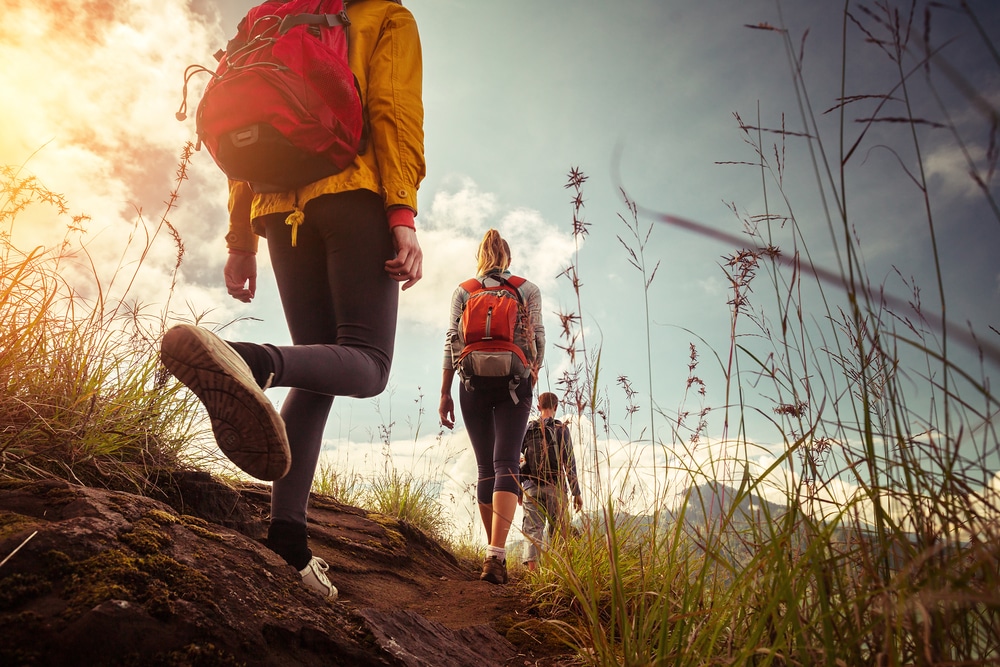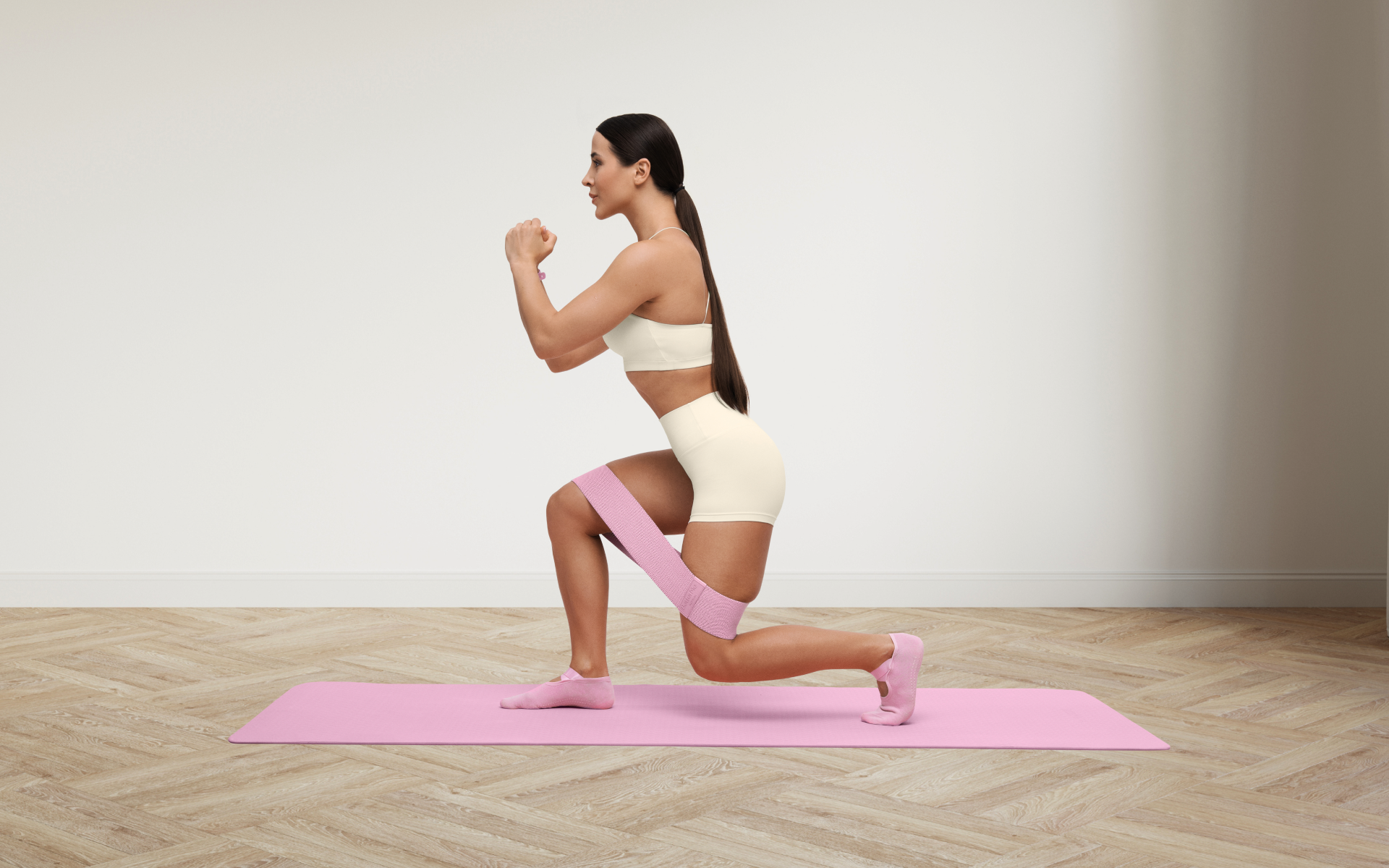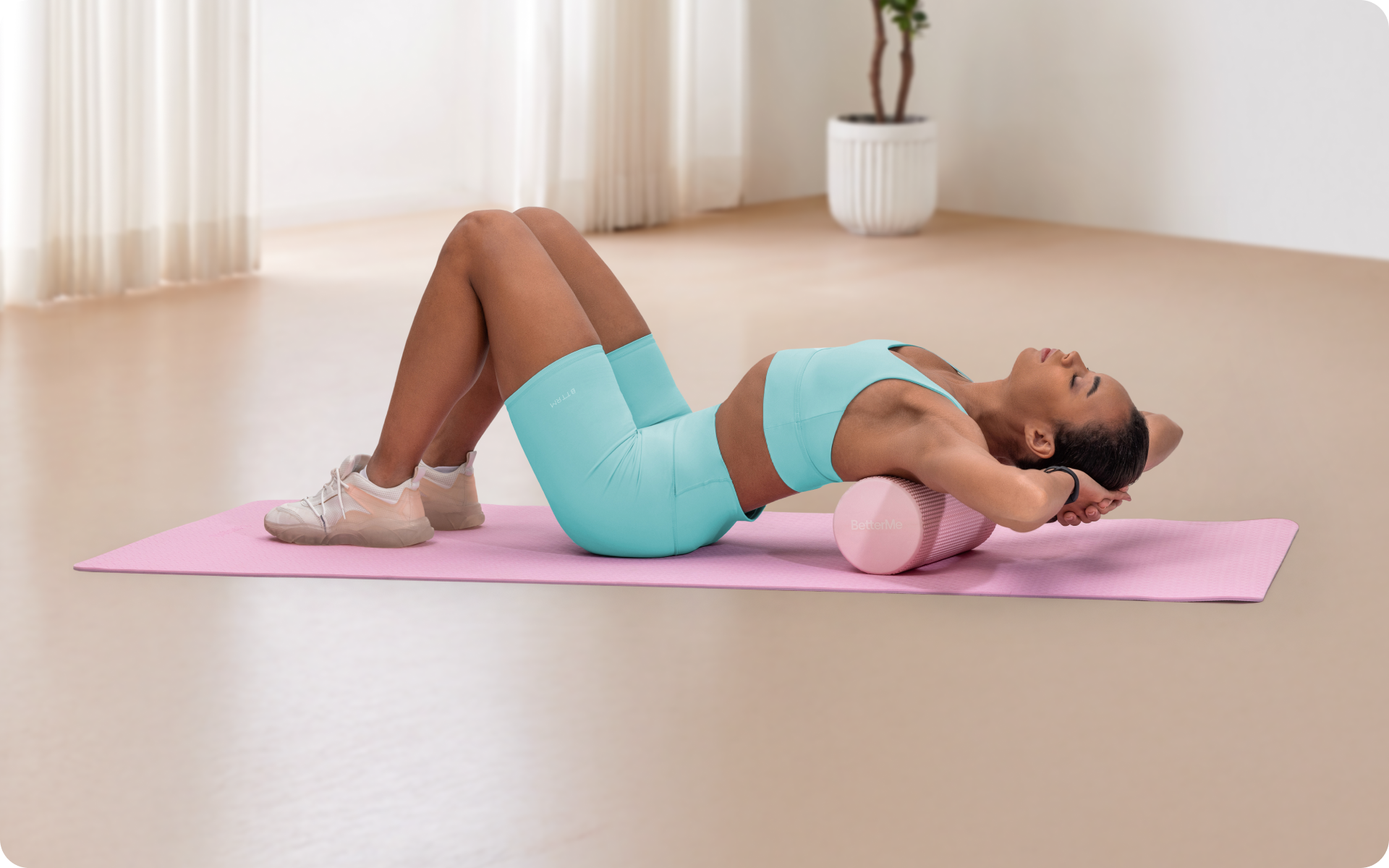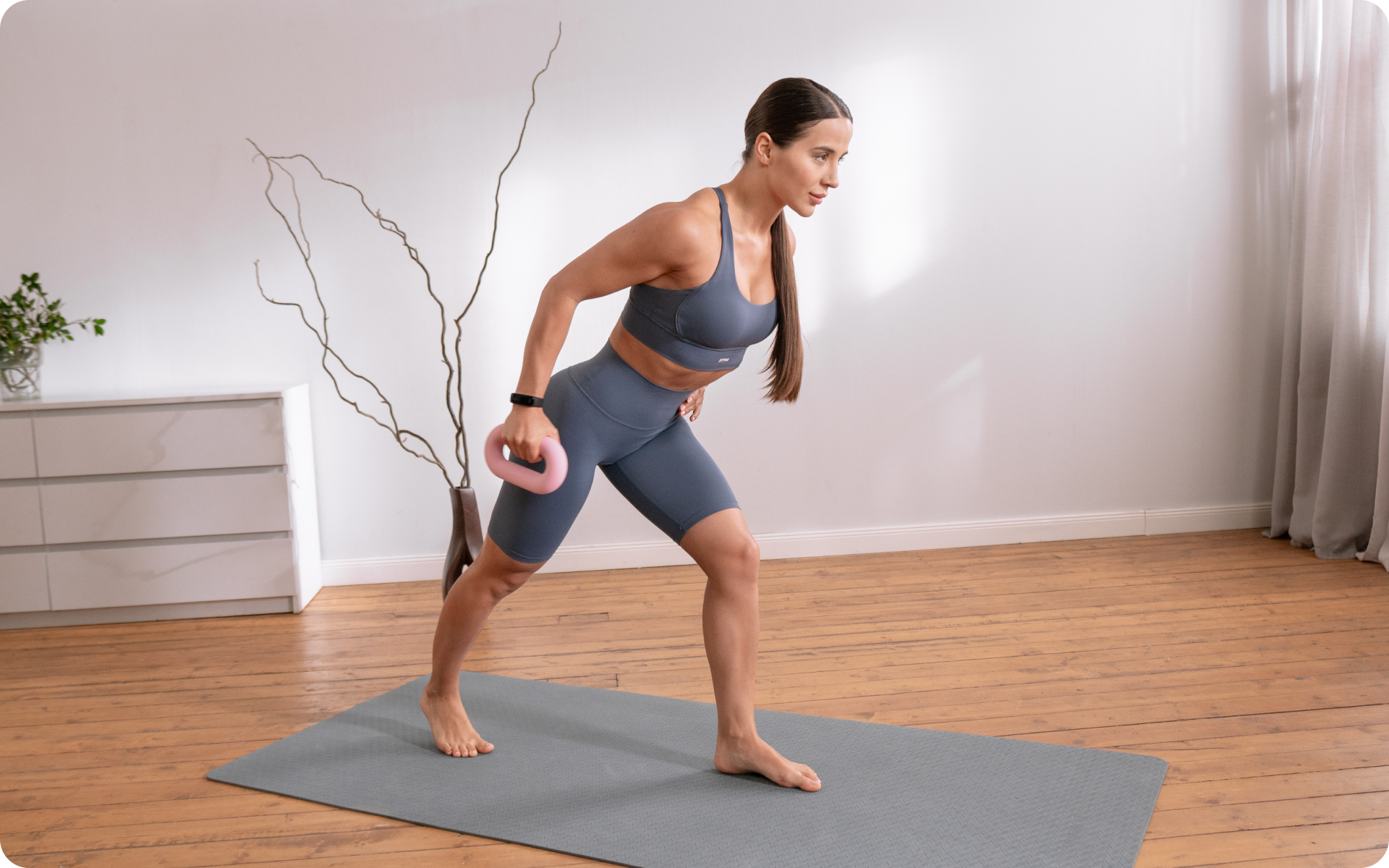Are you one of those free spirited people? Do you like spending time out in the wild, going down nature trails, and hiking? Or maybe you just want to get fit but the “traditional workouts” are just not your thing. If your answer to these questions is yes, then it’s time you learn about cross country walking.
What Is Cross Country Walking?
Short answer? Cross country hiking or walking is ideally hiking without any hiking trails. In this way, it’s similar to cross country ski walking. This experience delivers a new experience to a hiking trail that’s familiar to you. The added challenges and danger associated with cross country walking delivers the kind of adrenaline rush we all want to experience at some point.
Cross country walking usually involves exploring uncharted grounds and as such, there’s also a natural safety concern that comes with it. See, when it comes to a well-established trail that has been maintained for a while, it’s fairly easy to stay safe. However, for a route that covers kilometers in the wild off-trail, you need to be extra careful.
That being said, there are certain primary guidelines and basics you need to observe to ensure your safety and that of your crew. We will discuss some of them below.
Cross Country Walking: The Basics
In order to pull off a successful cross-country hike, you need to be well prepared. Now, this usually involves a wide range of activities, which we look at next:
Finding The Right Trail
Cross-country walking is indeed all about exploration and the spirit of adventure. However, this doesn’t mean you become carelessly spontaneous and throw all caution to the wind. Even for a cross-country hike, you don’t just get to put on your backpack and look for trails along the way. At the end of the day, you’ll need a plan – a good one – to find a trail that best suits you.
You can start by looking up some of the best and safest hiking trails online. A simple Bing or Google search will provide you with lots of information that can help you choose a trail most suited for your needs.
You’ll be provided with information like its accessibility, navigation difficulty, and duration to complete the trail. Some specific websites will also give suggestions on the type of gear to bring along and even how the most effective way to carry them!
Now that you know what trail you’ll go with, it’s time you take a good look at the trail map. Look for any social amenities and be sure to check whether people are living around or just vegetation cover. Finally, look for the trail’s elevation details as this can affect how much time you spend on the trail. The general consensus is 45 minutes for every 1000 feet (2).
Getting a hold of this information will significantly help in your preparation process. In addition to that, you’ll be able to establish whether the route is safe enough and start thinking about alternatives if it’s not.
Read More: Is Walking 2 Miles A Day Enough For Weight Loss?
Training For The Walk
If you want to make it through the cross-country walk successfully and comfortably, then training is crucial. Your workouts should center around increasing your endurance, building a good base for walking, and wearing your long-distance walk gear.
To increase your endurance, try doing about 25 to 30 miles once or twice a week. Continue doing this for about a month or two before the hike; repeating it a week before to ensure your fitness is at the right level.
Focus more gradually increasing your endurance, not how fast you can complete the challenge. Your physical and mental stamina will greatly improve if you train using a steady consistent pace.
Another important thing you need to work on is resource management. Remember, you’re about to go on a long hike with the goal of covering it in a relatively short time.
That being said, some of the resources that will help you become more efficient in your walk include:
-
Time
Sure, the idea of setting the fastest cross country walking record sounds appealing, but you should only try that if you’re a pro. Planning how you spend your time can significantly lower the amount of general effort you use during the hike.
While it usually looks like giving your all to save the most time during the early stages is the best strategy, experts have determined that it’s not. This will only lead to unnecessary exhaustion in the early stages of the walk. Maintaining a cross-country walking speed of about 2 to 3 miles per hour should be sufficient (3).
That being said, try equally spreading out your time over the whole journey to increase your daily output while conserving as much energy as possible.
Whether you’re a workout beast or just a beginner making your first foray into the world of fitness and dieting – BetterMe has a lot to offer to both newbies and experts! Install the app and experience the versatility first-hand!
-
Food Supplies
Remember to carry healthy foods that will keep you energetic throughout the hike.
Here’s what an ideal cross country walking diet would look like:
Breakfast: Oatmeal or some packed granola and chocolate bars for the road
Lunch: Honey and peanut butter sandwich or tuna
Dinner: Rice and beans
Also ensure you carry lots of fruits, preferably dried ones since they provide more calories and in turn more energy. Sure, it may not always be possible to get a balanced diet throughout the hike. However, try to make it as healthy as possible by avoiding junk food.
You’ll also need to stay hydrated, so be sure to pack plenty of water, especially if the trail passes through a desert or where water is scarce. Also, ensure you make plans of how you’ll refill your water bottles when they run out. Energy electrolytes can also be useful especially in hot weather.
The other important thing about your food supplies is establishing an eating and resting routine. Take frequent breaks about once every two hours. Now, this may seem to be counterproductive. However, it will help you conserve a lot of energy and reduce any injury risk that may be caused by exhaustion.
-
Equipment
Pack only what you need. A heavy backpack will only slow you down while forcing you to use up more energy to maintain your pace. In addition to that, organize your gear in such a way that it’ll occupy as little space as possible.
Another important thing when it comes to equipment is how you’ll handle and carry them. It’s advisable to use both a backpack and a stroller to carry your equipment; in that way, you can place your bag on the cart and push it.
You should also take time to learn how to operate your gear. Now you don’t want to get lost and stranded simply because you couldn’t use a compass, do you?
Learn Some Basic Survival Knowledge
Always keep in mind that despite knowing the path you’re going to use, cross-country hiking involves a lot of unknowns. As such, you should be conversant with common outdoor ailments like hypothermia and symptoms of dehydration, among others. Having this knowledge will help you handle such scenarios well should they arise.
Next, you should know how to deal with any wild animals you encounter along the way. Remember these animals are largely unpredictable and can attack if not handled properly. Finally, learn what to do when the weather changes and becomes hostile.
Basic first aid is a skill that’s crucial for everyone who is planning to go hiking. That’s because, most of the time, you’ll be exposed to scrapes, cuts, and bruises from logs, rocks, or wild vegetation. Knowing how to perform first aid can help you prevent injuries from escalating to something worse.
However, you should always be mentally prepared for the hike and any unexpected events. This can really help you see the difference between a life-threatening and amazing adventure. All that, however, is summarized to this: “Don’t wait until you’re in a sticky situation to learn safety.” Remember, it doesn’t matter whether it’s the men or women walking cross country. Everyone is just as susceptible to injury if you become careless.
Read More: Nordic Walking Technique, Benefits And Tips for Getting Started
Plan Beforehand For Your Sleeping Arrangements
Going for a cross-country walk can be a long and daunting journey. Chances are you’re going to spend a week or even weeks away from your house, which means you’ll need other sleeping arrangements. Of course, whenever this is brought up, the first thing that comes to mind is either a sleeping bag or a camping tent. That’s the easy part.
When you start your hike, you’ll probably be using camping sites set along the trail and, of course, sleeping in your tent. Now while that’s okay, you want to try yard camping as you gain experience over time.
Yard camping is basically when you ask someone – probably a stranger – whether you can set up for the night in their backyard or garage. This method is also relatively cheaper than site camping and can help you save a few bucks if you’re on a budget. However, there are still some concerns surrounding yard camping.
For instance, why would anyone give a total stranger a spot in their backyard or garage to set up a tent? The trick is to always make yourself as presentable as possible while wearing a warm and friendly face while on the road. You should also only try speaking with people who understand what you’re doing.
As time goes by, you’ll be able to tell people who can welcome you and people who won’t. You should, however, always explain yourself in a detailed and friendly manner, telling them exactly how they can help. Sometimes, if you’re lucky enough, in addition to a spot to pitch up your tent, you may even get some food and a place to sleep.
The logic is simple– spending nights in a hotel throughout your walk will be more expensive than yard camping. So if you can find someone to host you, let that be your first choice.
The other option is secret camping. Here, you’ll basically wait for nightfall, set up your tent secretly, sleep and leave at dawn without a trace. While this method is increasingly becoming popular among long-distance hikers, there are still some legitimate concerns about it.
For starters, it’s not the wisest nor safest of decisions to go camping without anyone knowing your whereabouts. That being said, building secret camps may turn out to be a daunting task and, chances are, you won’t even get as much sleep due to the constant worry.
Choosing The Right Gear
Your hiking gear should be ones that best suit the terrain and weather conditions of the trail you’ll be hiking on.
Here are some key things you should keep in mind when deciding which gear to bring along:
-
Durable Vs. Ultralight Gear
Whenever you plan to go hiking, chances are you’re going to favor any ultralight gear you have. Now, there’s nothing wrong with that if you’re planning on going for a normal hike. However, durable gear will serve your needs better in a cross-country walk.
The thin materials used to make ultralight gear may not be able to handle the harsher conditions that come with cross-country hikes. Durable, however, isn’t similar to heavier. Heavy gear will only slow you down.
Dropping pounds by the dozens without putting yourself through the wringer is everyone’s weight loss pipe dream. But what if we told you that the BetterMe app can make that happen? Keep yourself in prime shape with our fat-blasting workouts, delicious budget-sparing recipes, and body-transforming challenges with our app!
-
Clothing
All you should be thinking about when picking your clothes for the hike is how protected you’ll be against the weather.
For instance:
Rainy conditions: Carry waterproof jackets.
Cold temperatures: Carry clothes with warm base layers, gloves, warm socks, and insulated boots
Hot temperatures and high altitudes: Carry a hat, sunscreen, lip balm, and sun shirt
-
Footwear
Your footwear should be able to protect you from blisters. Avoid going to the hike with a fresh pair of boots– break them in first. There are several boots you could pick from, ranging from trail runners to hiking boots, depending on the terrain. However, it’s advisable to use hiking boots since they’re well suited for these activities.
-
Sleeping Gear
Your sleeping gear should be able to keep you warm at night. The rule of thumb is to check the weather forecast and subtract about five degrees from the minimum temperature. Now, use the resultant value to choose your sleeping gear. Consider using synthetic sleeping bags since they retain their insulation properties even if they get wet.
-
Shelter
Tents are usually the best option when it comes to shelter. However, tarps and hammocks are also alternatives if you’ve tested them before and are sure of their reliability. Whichever option you decide to go with, ensure they are completely waterproof and windproof.
Learn How To Navigate
It goes without saying that signs to guide you along the route will be very scarce when you go hiking off-trail. By extension, this means you’ll have to be knowledgeable in using navigation tools.
First off, you’ll need to know how to use maps and GPS systems, seeing as these will probably be your best options. Why? You may not always have phone service throughout the trail and, even if you do, the mobile maps may not have sufficient information.
As such, you need to ensure that the trail you’re on is well-detailed by the navigation tool you choose. The probability of imprecisions is usually highly likely in these scenarios, so you need to learn how to navigate using landmarks. Orienteering classes that teach you how to handle maps and compasses could also be useful before the hike.
Cross Country Walking: The Risks
While cross-country walking is definitely adventurous and exhilarating, certain risks come along with it.
Some of them include:
Wild Animals
Encounters with wild animals are something every hiker encounters from time to time. However, in cross-country walks, you’ll be traversing a wide set of terrain. This then means the probability of you encountering different types of wild animals is significantly higher. Given the unpredictable nature of wild animals, you should adequately research how to deal with such incidents.
Fatigue
Fatigue-related injuries are one of the leading causes of fatalities when hiking. Recent studies have indicated that many people injure themselves when descending a mountain compared to when climbing it. This is linked to the exhaustion that frequently follows climbing hilly areas (1).
That being said, you should always ensure you only pick trails that are suitable for your fitness levels. In addition to that, try to maintain your focus as much as possible even when you’re tired and carry adequate foods and drinks.
Erratic Weather Patterns
Weather conditions can always change at any time, especially in hilly areas or along the coastline. In addition to checking the weather forecast, ensure you have a backup plan or an alternative low-level route you can use in case of bad weather.
Crossing Streams And Rivers
When hiking out in the backcountry, chances are you’ll come across a few rivers or streams. Now, there’s no certainty that bridges with handrails will always be present.
Whenever you’re in a river crossing with rocks or a damp log over it, be careful enough to keep your footing. However, if you have to cross a ford (shallow point in a river) first, ensure that it’s completely safe because even small rivers can have strong currents.
The Bottom Line
Cross country walking is one of the most exciting and adventurous activities we should all try at some point in our lives. However, it is not without risks. Always ensure you’re adequately prepared and never underestimate nature when you’re out on the trail. Rember, making such a decision is not only bad, but it could also be that last decision you make.
DISCLAIMER:
This article is intended for general informational purposes only and does not serve to address individual circumstances. It is not a substitute for professional advice or help and should not be relied on for making any kind of decision-making. Any action taken as a direct or indirect result of the information in this article is entirely at your own risk and is your sole responsibility.
BetterMe, its content staff, and its medical advisors accept no responsibility for inaccuracies, errors, misstatements, inconsistencies, or omissions and specifically disclaim any liability, loss or risk, personal, professional or otherwise, which may be incurred as a consequence, directly or indirectly, of the use and/or application of any content.
You should always seek the advice of your physician or other qualified health provider with any questions you may have regarding a medical condition or your specific situation. Never disregard professional medical advice or delay seeking it because of BetterMe content. If you suspect or think you may have a medical emergency, call your doctor.
SOURCES:
- Circumstances and causes of death of hikers at different altitudes: A retrospective analysis of hiking fatalities from 2003-2018 (2020, sciencedirect.com)
- Hiking Time Calculator (n.d., trailsnh.com)
- Route Choice in Mountain Navigation, Naismith’s Rule, and Equivalence of Distance and Climb (2007, researchgate.net)














